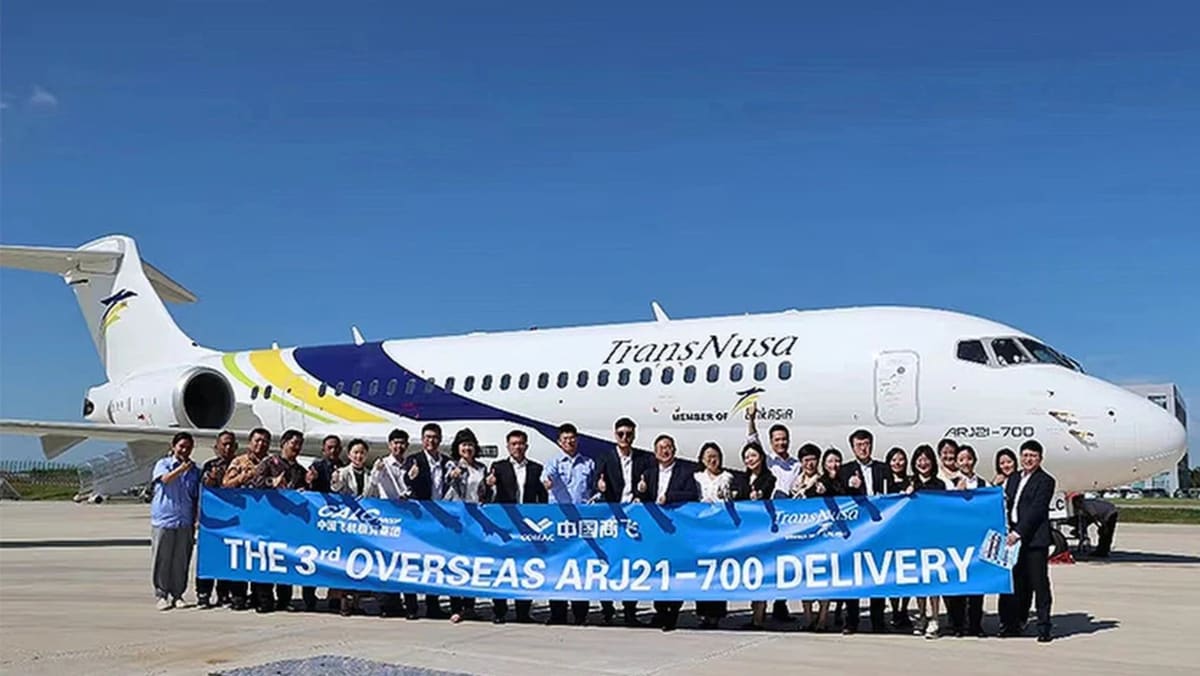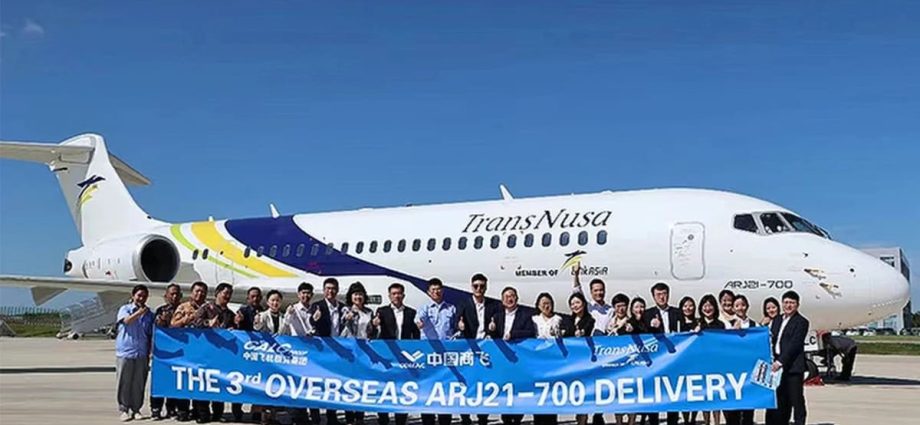
GallopAir CEO Cham Chi said in February, according to Reuters, that the carrier had already applied for certification for the C919 from regulators in Brunei.
“[The opportunity in Southeast Asia] may last for several years, and it’s wise for Comac to pitch the C919 to small carriers that are more nimble to explore new aircraft types,” said Zhang Xin, the Swire professor of aerospace engineering at the Hong Kong University of Science and Technology.
“From trade ties, geographic proximity to market potential, Southeast Asia’s vibrant new carriers tick all the right boxes.”
Zhang said Boeing’s accident-prone 737 series could add to the appeal of the C919, while Airbus is hamstrung by capacity constraints.
“I’d say it’s a leg-up for the C919, when the two rivals you strive to take on are marred in woes, and Southeast Asia is seeing a new breed of airlines,” added Zhang, who was formerly the Airbus professor of aircraft engineering and director of the Airbus Noise Technology Centre at the University of Southampton.
The Middle East is also on Comac’s radar, with president He Dongfeng visiting Saudi Arabia in May and holding talks with national carrier Saudia.
“Passengers from Asia and Europe heading for the Arabian Peninsula and Africa may first fly to hubs like Dubai, Doha or Riyadh and then transfer to flights on narrowbodies to reach their final destinations … It’s another potential market for the C919,” added Zhang.
But other issues may threaten to clip the wings of the C919 as other regions are unlikely to embrace the Chinese jet.
“The geopolitical reality means it will be difficult for the C919 to be certified in Europe or America any time soon,” warned a report by Renmin University’s Economy and Diplomacy Research Institute published in February.“Other than the West, Japan, South Korea and India are unlikely to open up their skies.”

